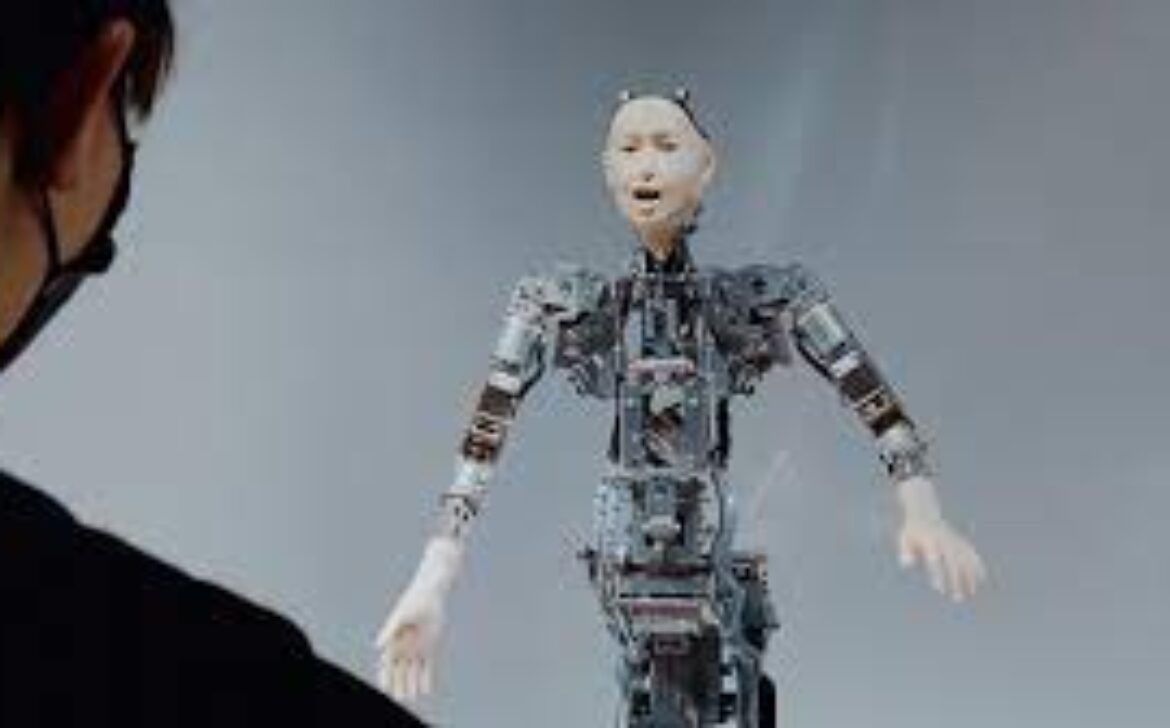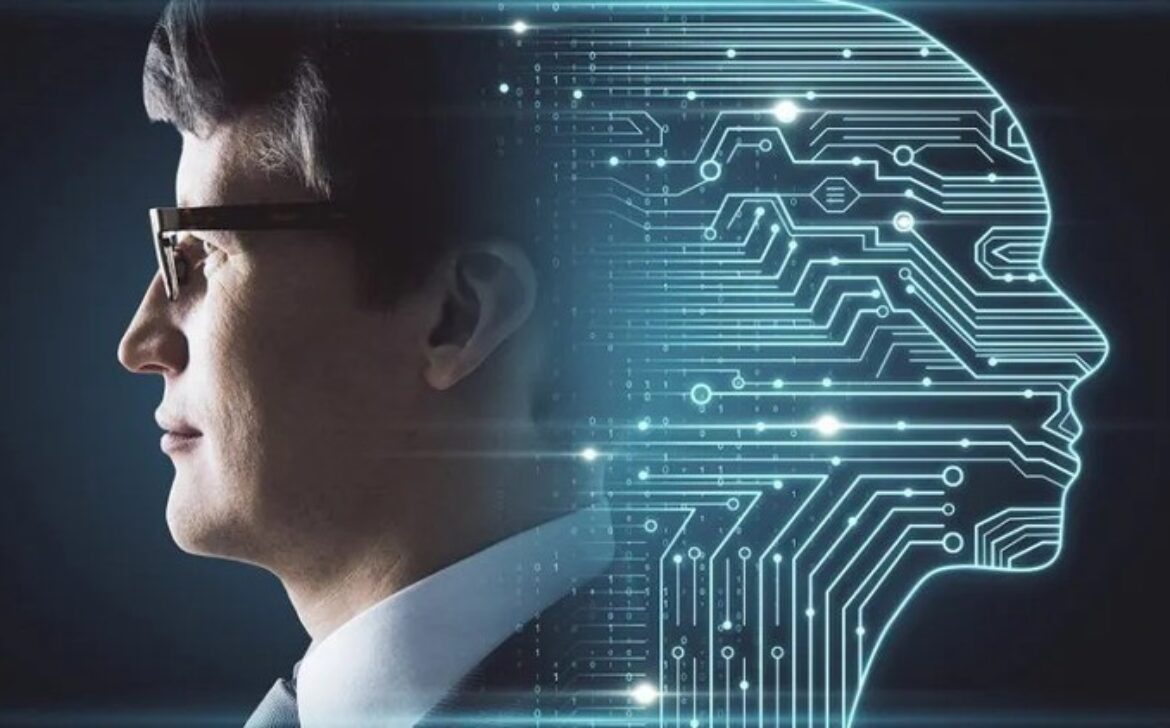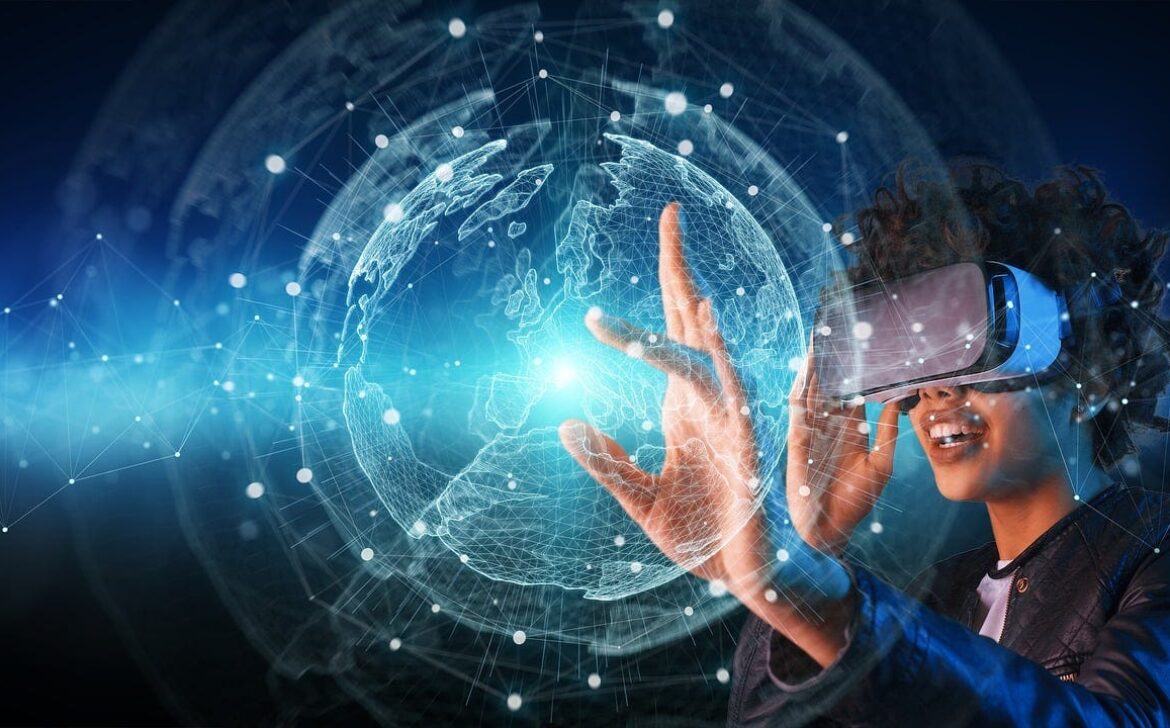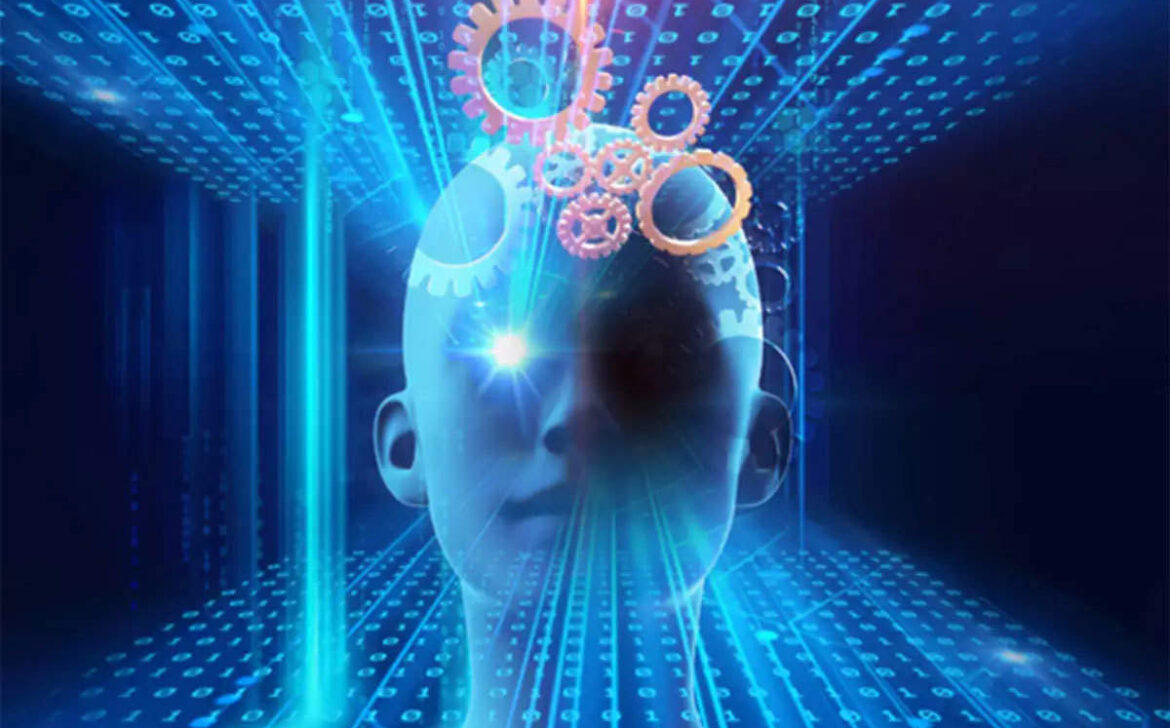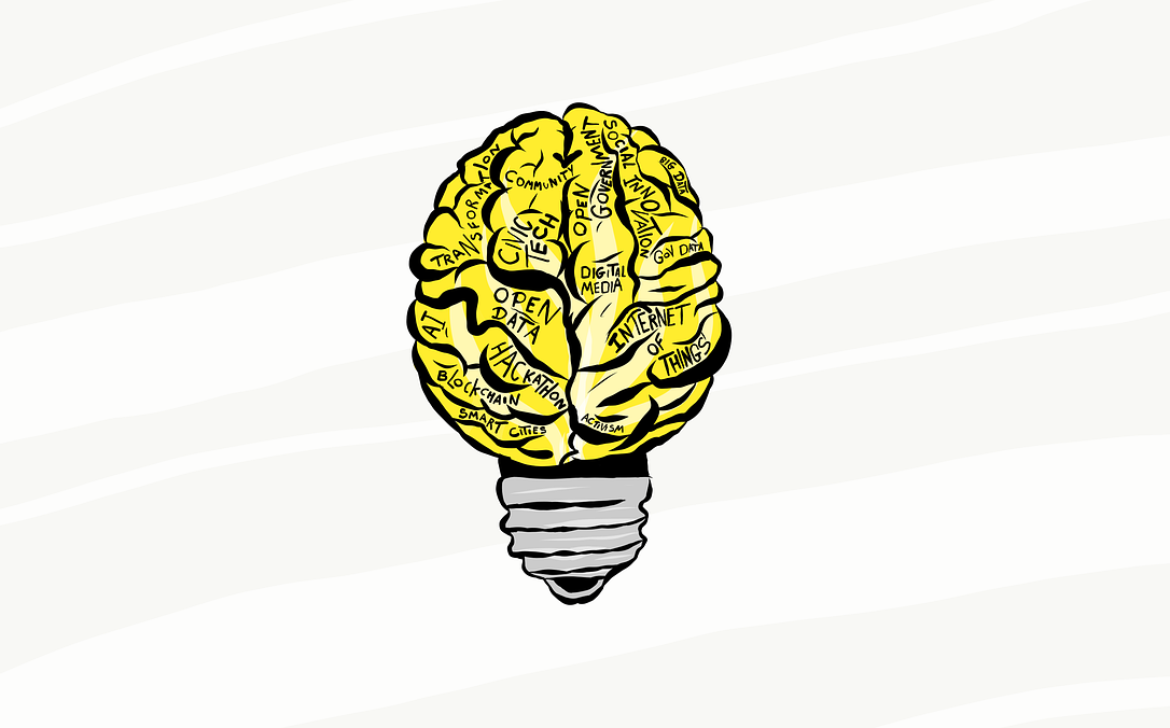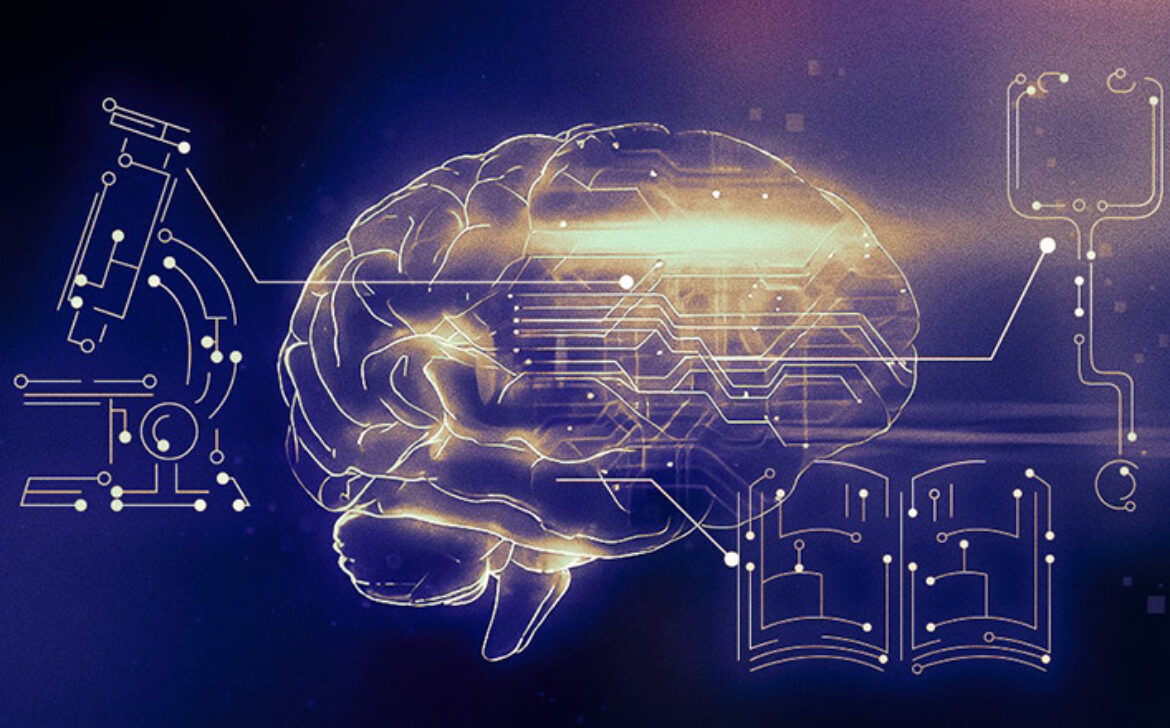Exploring OpenAI: A Journey into Innovation and Collaboration
Introduction:
Discover the transformative force of OpenAI, a groundbreaking initiative at the forefront of AI advancement. This blog delves into the evolution, achievements, and potential of OpenAI, highlighting its impact on industries, ethical considerations, and the future possibilities it presents.
Origins and Principles of OpenAI: A Collective Vision
Learn about the inception of OpenAI in 2015 and its mission to create safe and accessible artificial intelligence aligned with human values. Explore how OpenAI fosters collaboration among diverse minds to shape the future of AI research.
Milestones and Achievements: Redefining AI Boundaries
Explore OpenAI’s significant contributions to reinforcement learning, natural language processing, and the launch of GPT models. Discover how OpenAI’s innovations have led to AI-generated text, conversations, and creative endeavors that blur the line between human and machine.
GPT-3: A Marvel of Technological Innovation
Uncover the wonders of GPT-3, a model with an astonishing 175 billion parameters. Delve into its ability to generate human-like text, compose poetry, write code, and engage in conversations that challenge our perception of AI capabilities.
Transforming Industries: OpenAI’s Cross-Sector Impact
Witness OpenAI’s influence beyond research labs as it revolutionizes content creation, marketing, healthcare, and more. Understand how GPT-3’s versatility is reshaping industries that have traditionally remained untouched by AI.
Ethical Considerations: Navigating OpenAI’s Potential
As OpenAI pushes boundaries, ethical concerns emerge. Delve into discussions about misinformation, bias, and the responsible use of GPT-3. Learn how OpenAI’s commitment to safety sparks ongoing conversations on responsible technology implementation.
Unleashing Creativity: OpenAI’s Future Prospects
Peer into OpenAI’s future potential, from democratizing creativity to enhancing accessibility and education. Imagine how GPT-3’s capabilities could redefine communication, content creation, and knowledge dissemination.
Conclusion: Collaborative Innovation for a Limitless Tomorrow
In this blog, we’ve embarked on an exploration of OpenAI’s transformative influence on AI advancement. From its inception to GPT-3’s marvels, OpenAI’s collaborative ethos and technological brilliance shape the path ahead. As we stand at the crossroads of innovation, OpenAI demonstrates that its true magic lies not just in the technology itself, but in the minds and values propelling its evolution.
Explore the journey of OpenAI, a leading force in AI innovation. From its inception to GPT-3’s wonders, uncover the impact, ethics, and future possibilities that shape the AI landscape. Dive into the collaborative journey that redefines human-AI interactions and guides us toward limitless horizons.

